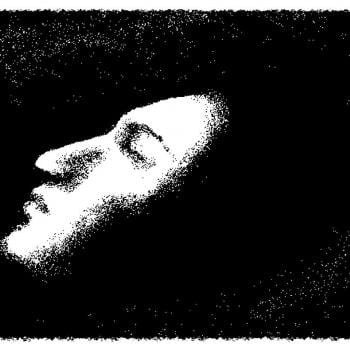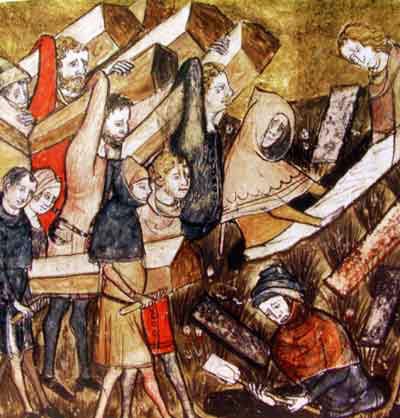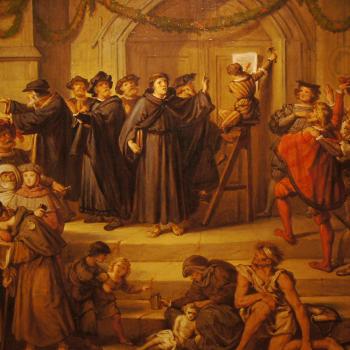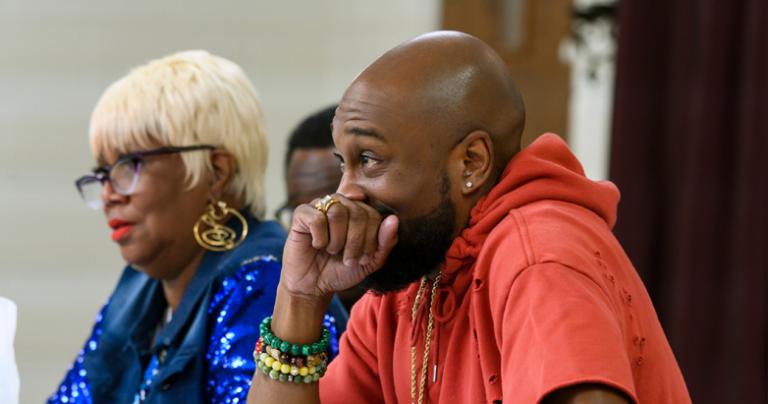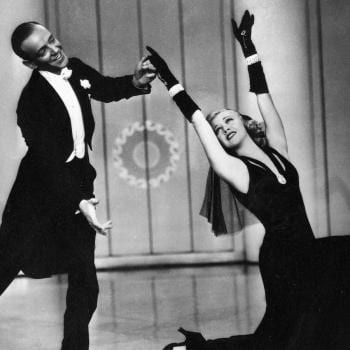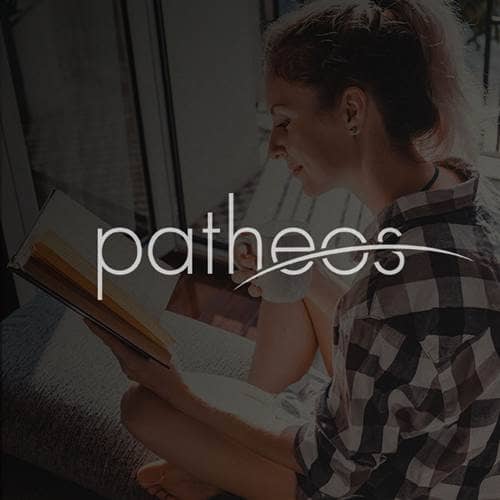- Trending:
- Pope Leo Xiv
- |
- Israel
- |
- Trump
- |
- Social Justice
- |
- Peace
- |
- Love
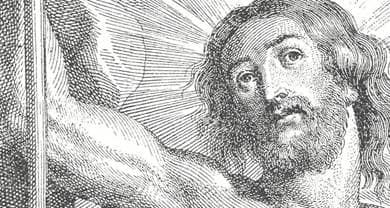
RELIGION LIBRARY
Anglican/Episcopalian
Beginnings
Although Anglicanism is now a worldwide phenomenon, its very name asserts its origins as an English tradition within Christianity. Thus, "Anglican" can be thought to indicate any Church body in communion with the see (bishopric--the place of a bishop's or archbishop's authority) of Canterbury. There eventually developed in Anglicanism, however, a self-understanding as a Church that blends Protestantism and Catholicism, but remains distinct from each.
The see of Canterbury was founded in 597, and the second English archiepiscopal see, at York, less than a century later. Relationships with the Church of Rome were further defined at the Synod of Whitby in 664. From that time until the 1530s, the English Church consisted of two remote provinces of the Church of Rome.
The story of the transformation of the English Church into a distinct and independent body is traced by many to the desire of England's King Henry VIII for an annulment of his marriage. Henry's wife was Catherine of Aragon, the widow of his deceased older brother. Henry and Catherine had no male heir--an heir that Henry saw as ordained by God--to carry on the Tudor reign. Convinced that their marriage was contrary to what he saw as a biblical mandate against marrying one's deceased brother's widow, and therefore cursed, he petitioned the papacy in Rome for the grant of an annulment, but was refused. It was intolerable to Henry that the future of the English realm was subject to foreign dictates--or truly to the dictates of anyone but himself. By the Act of Supremacy of 1534, he became Supreme Head of the Church of England, and broke from Roman authority.
Henry's break occurred after the Protestant Reformation (as the movement for religious reforms initiated by Martin Luther would come to be called) was already transforming religious, cultural, and political landscapes in continental Europe. Luther's teachings had reached England before 1534, and Henry himself was aware of Luther. But Henry despised Luther's ideas, and Luther's opposition to Henry's annulment widened the gap.
Consequently, the Reformation under Henry was a patchwork of mostly anti-papal, rather than pro-Protestant policies. The religious policies from Henry's reign that probably had the greatest lasting significance were the break from Rome, the licensing of the English Bible, and the preponderance of evangelicals (as Protestants were then known--this is not synonymous with later Evangelicals) in influential positions at the time of his death in 1547.
Henry did eventually have a son by Jane Seymour, the third of his six wives. Upon Henry's death, his son became King Edward VI at the tender age of nine. Influenced by his evangelical advisors, his brief reign saw the advance of Protestantism. The most enduring legacies from Edward's reign came from the pen of the evangelical archbishop he inherited from his father's reign, Thomas Cranmer. Cranmer devised a new liturgy for the Church, based on the medieval Mass but radically transformed by Protestant beliefs and embodied in the Book of Common Prayer (BCP), with editions released in 1549 and 1552. Cranmer's second great production was the Articles of Religion of 1553, a statement of the Church's beliefs that was relatively brief and accordingly subject to varying interpretations.
Edward's untimely death in 1553 ushered in the reign of his half-sister, Queen Mary I, an ardent Catholic who restored the English Church to Roman headship. Nicknamed "Bloody Mary" for her propensity to execute opponents, she saw to the famous execution of Archbishop Cranmer in 1556.
Mary also died prematurely, in 1558. Her half-sister was crowned Queen Elizabeth I. Elizabeth became Supreme Governor of the Church of England and swiftly unwound England's Catholicism. The elements of her so-called Settlement of Religion became the lasting foundation of Anglicanism. In 1559 the Elizabethan Book of Common Prayer, changed only slightly from Cranmer's 1552 version, became England's official book of liturgy. In 1563 Cranmer's original Forty-two Articles of Religion were revised and reissued as Thirty-nine Articles. Although Protestant in its doctrine, the Settlement included some distinctly traditional (pre-Reformation, or we would say Catholic) aspects. For instance, Church polity retained the hierarchical structure with authority vested in bishops, and a number of traditional forms, such as clerical vestments, were also retained. And the liturgy of Common Prayer retained many elements from the medieval Catholic Mass. Out of the political necessities of a religiously diverse realm, Elizabeth's Settlement was thus neither wholly Protestant nor wholly Catholic.
Nevertheless, in the decades following the Settlement, Protestant beliefs of the Reformed or Calvinist branch predominated in the Church hierarchy. Doctrinally, this meant that God's grace was to be found primarily in Bible-based preaching and God's secret, eternal election of certain individuals to eternal life (the rest having been passed over and "reprobated" to eternal damnation). The true Church was the invisible Church of the elect, and the visible Church was important only for the sake of the edification of the elect. Although this Reformed hegemony, which characterized most of Elizabeth's reign, began to crack in the 1590s, the idea that the English Church was a via media, a middle way between Catholicism and Protestantism, would not take hold until a century later.
Study Questions:
1. What does the term Anglican denote?
2. What role did King Henry VIII’s marriage play in the formation of Anglicanism?
3. How was the Protestant Reformation enacted under Henry VIII? Edward VI?
4. How did the Book of Common Prayer evolve over time? Why might this have been the bridge between Protestantism and Catholicism?



